People tend to associate the name Benny Goodman with Big Band music. Known as the “King of Swing” and “The Professor,” Goodman’s instrument was the clarinet — one that generates one of the happiest sounds on earth, in my opinion.
Benny Goodman’s achievements include:
> His music ushered in the Swing Era.
> He pioneered integrated bands in the 1930’s.
> His band was the first jazz band to play Carnegie Hall.
He also produced a classical clarinet repertoire by commissioning pieces by Bartok, Bernstein, and Copland. Goodman worked for three years on the concerto Aaron Copland wrote for him before performing it in public.
I was reminded of this work in a story appearing in the Sunday San Francisco Chronicle (Pink Section) titled, “Benny Goodman’s phrasing an acute cue,” which was written by Jesse Hamlin.
The focus of the piece was on clarinetist, Bill Kalinkos, 30, who will be playing Aaron Copland’s Clarinet Concerto with the Oakland East Bay Symphony on November 9, 2012.
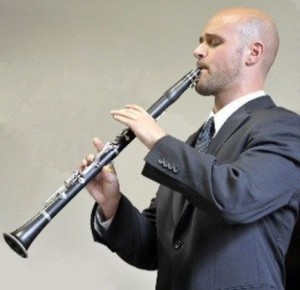
Opening Night: Celebrating Democracy
Friday, November 9, 8pm
Michael Morgan, Conductor
Kalinkos, who is described as a good-natured New York City native , plays a lot of new music with the San Francisco Contemporary Music Players and Alarm Will Sound, the noted 18-piece ensemble now based in St. Louis. He also knows his way around Aaron Copland’s Clarinet Concerto which is “a deeply lyrical and rocking virtuoso piece that Benny Goodman commissioned in 1947, but, ever the perfectionist, didn’t get around to playing publicly until he was convinced he had it right – three years later.”
YouTube Assist.
Here’s something of interest. While Kalinkos was watching a YouTube video of Goodman and the L.A. Phil playing the concerto in 1967 with Copland conducting, he noticed something new.
“It sounded really nice. There are places where he breathes and decides to end the phrase that I hadn’t considered in previous performances,” says Kalinkos. “I’m thinking this time I’m going to incorporate some of those ideas.”
How cool is that?
In the article, he was quoted describing the piece:
“It’s very compact. It starts with the really beautiful slow movement, where there are lots of opportunities for the singing qualities of the instrument to come out. There’s a lot of dialogue with the strings, and you’re drawn into that sound world immediately. The cadenza gives you the opportunity to show off a little bit and rock. That just keeps gathering steam until the end. There’s a lot of swinging stuff, and it’s jumping all over the place. It’s a crowd-pleaser. And it’s fun.”
You can see what he’s talking about here:
And here:
***
Why do I especially dig this story? The connection with my guys (The Lost Pins).
Copeland and Agnes de Mille tag teamed on Rodeo. It was Agnes de Mille’s most beloved and most frequently presented ballet. Rodeo had its world premiere with the Ballet Russe de Monte Carlo at the Metropolitan Opera House, October 16, 1942. Agnes de Mille danced the leading role and received 22 curtain calls. The ballet was the beginning of her success as a choreographer of worldwide reputation. Its world famous score was created by Aaron Copeland.
Rodeo is the touching story of a tomboy in search of love. The cowgirl, who de Mille admitted was based on herself as a young woman, is a misfit among the men and women in her community. Agnes has said, “She acts like a boy, not to be a boy, but to be liked by the boys.” Hers is a bitter lesson, but she learns it at the ballet’s denouement when she puts on a dress and goes to the hoe-down. She finds her man, and she finds him through dancing. The ballet features bravura dancing for the men in a unique style derived from horseback riding and cattle roping. A work by turns robust and tender, full of optimism, Rodeo is a celebration of the pluck and spirit of the American character.
***
You can see it here…
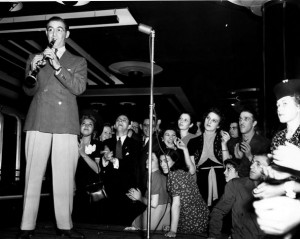

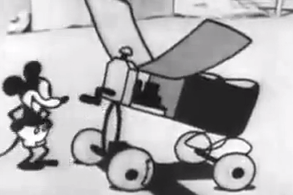

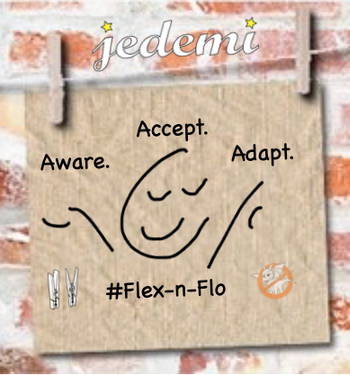
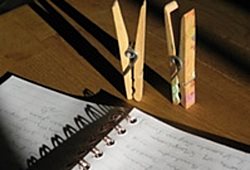
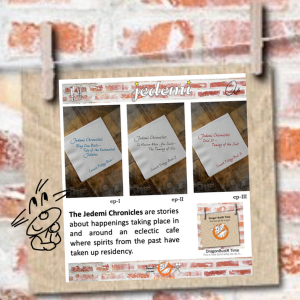
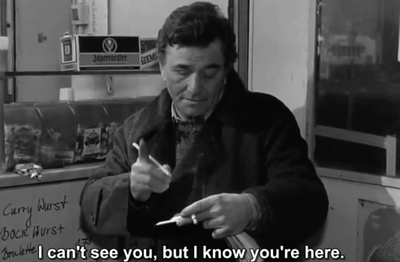
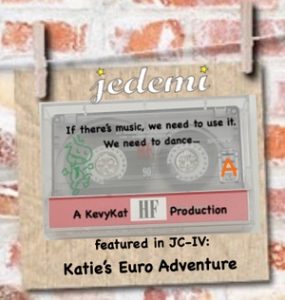

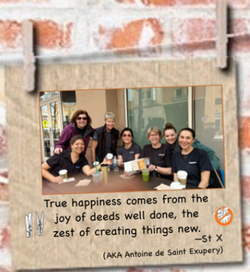

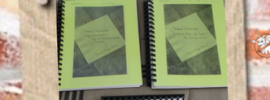
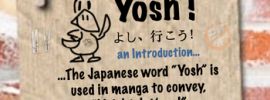


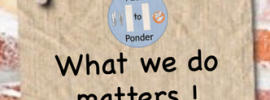
Speak Your Mind